Mentor Text Tip Tuesday: Scavenge the Books
Tip
Scavenge your favorite books for good writing. In a recent onomatopoeia lesson, one of the activities includes creating a Noisy Words chart—looking for onomatopoeic words for every letter of alphabet.
But looking for onomatopoeic words is just the beginning. Young writers can go on a scavenger hunt for just about anything. One thing I often have students look for is sensory words. We start with some good examples. You can download this chart of examples of sensory passages from favorite middle grade novels.
Sensory words really help the reader feel like they are in the story—seeing, smelling, tasting, hearing, and feeling everything that the main character is feeling. Studying how authors utilize these words to create mood and bring about an emotional response in the reader is something that students need to notice also—not just the words, but how the words make them feel as a reader.
You can download this blank chart for students to go on a scavenger hunt. They can hunt through books they are reading, have already read, or favorite picture books or poems.
Materials Needed:
* Sensory Words Examples Chart
* Blank Sensory Word Scavenger Hunt Chart
* Books with samples of sensory words (some of my favorites include):
- Come On, Rain by Karen Hesse
- Crow Call by Lois Lowry
- Heat Wave by Eileen Spinelli
- Over and Under the Snow by Kate Messner
- Owl Moon by Jane Yolen
- Stealing Home by Robert Burleigh
Related Lesson Plans
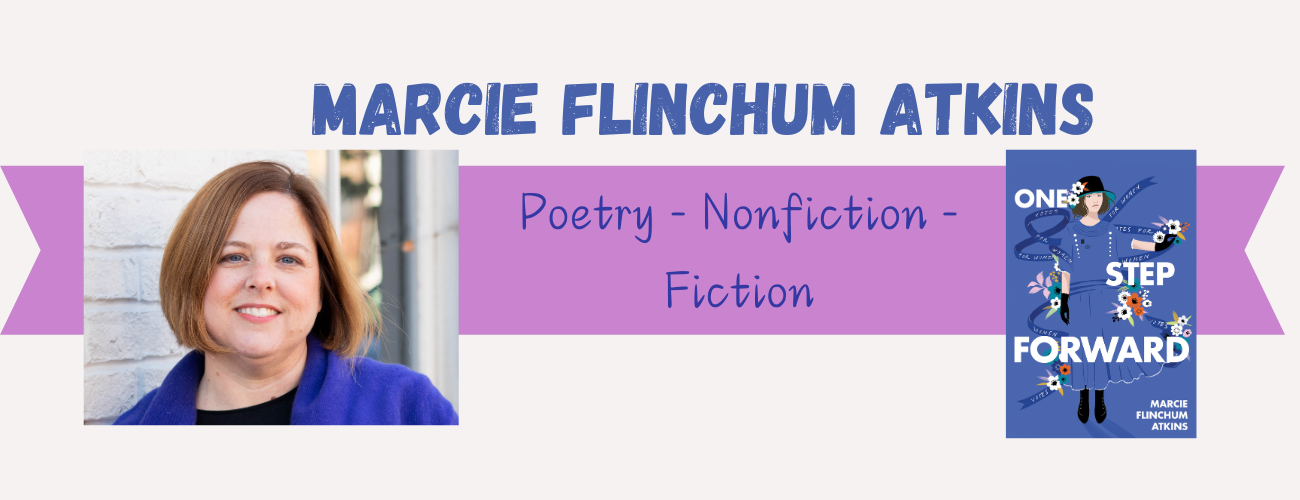
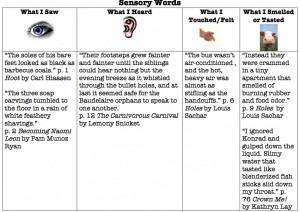
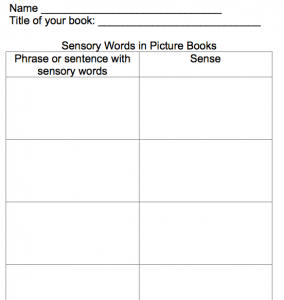
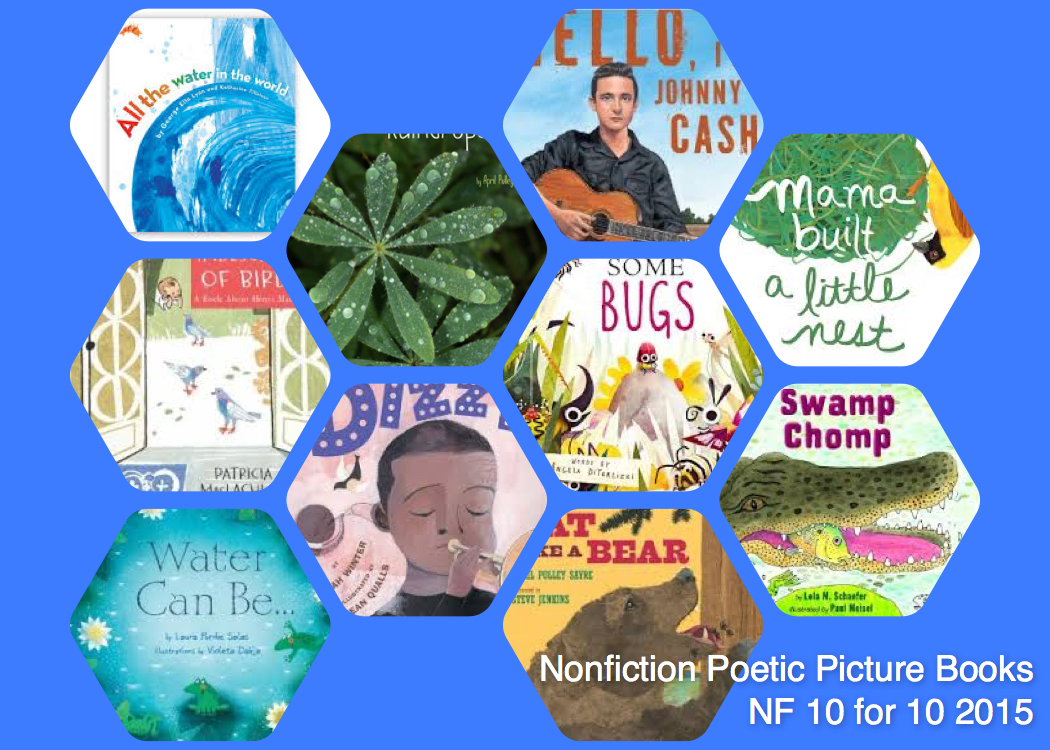
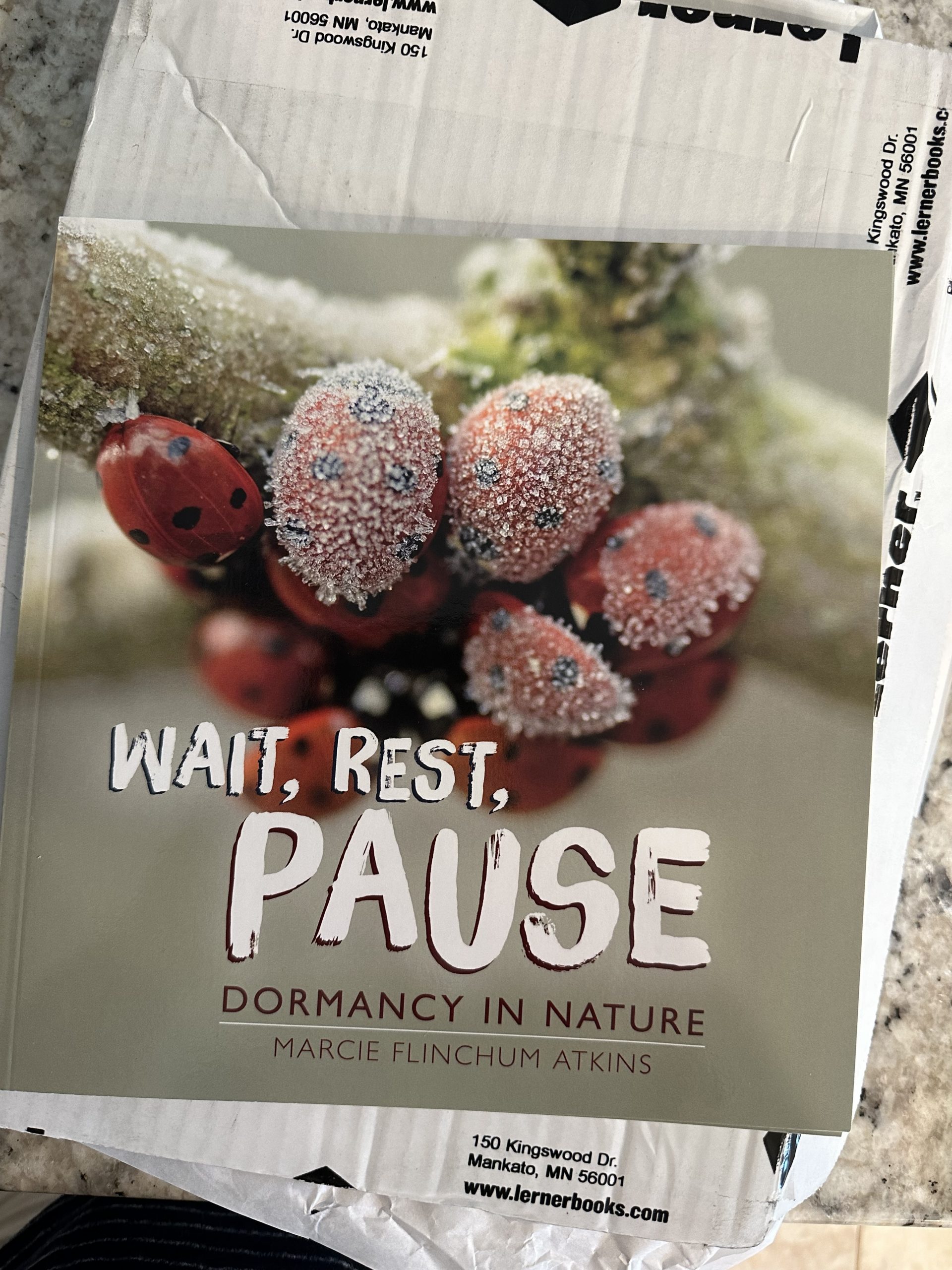

One Comment
Romelle Broas
I love this, Marcie! Another excellent exercise.